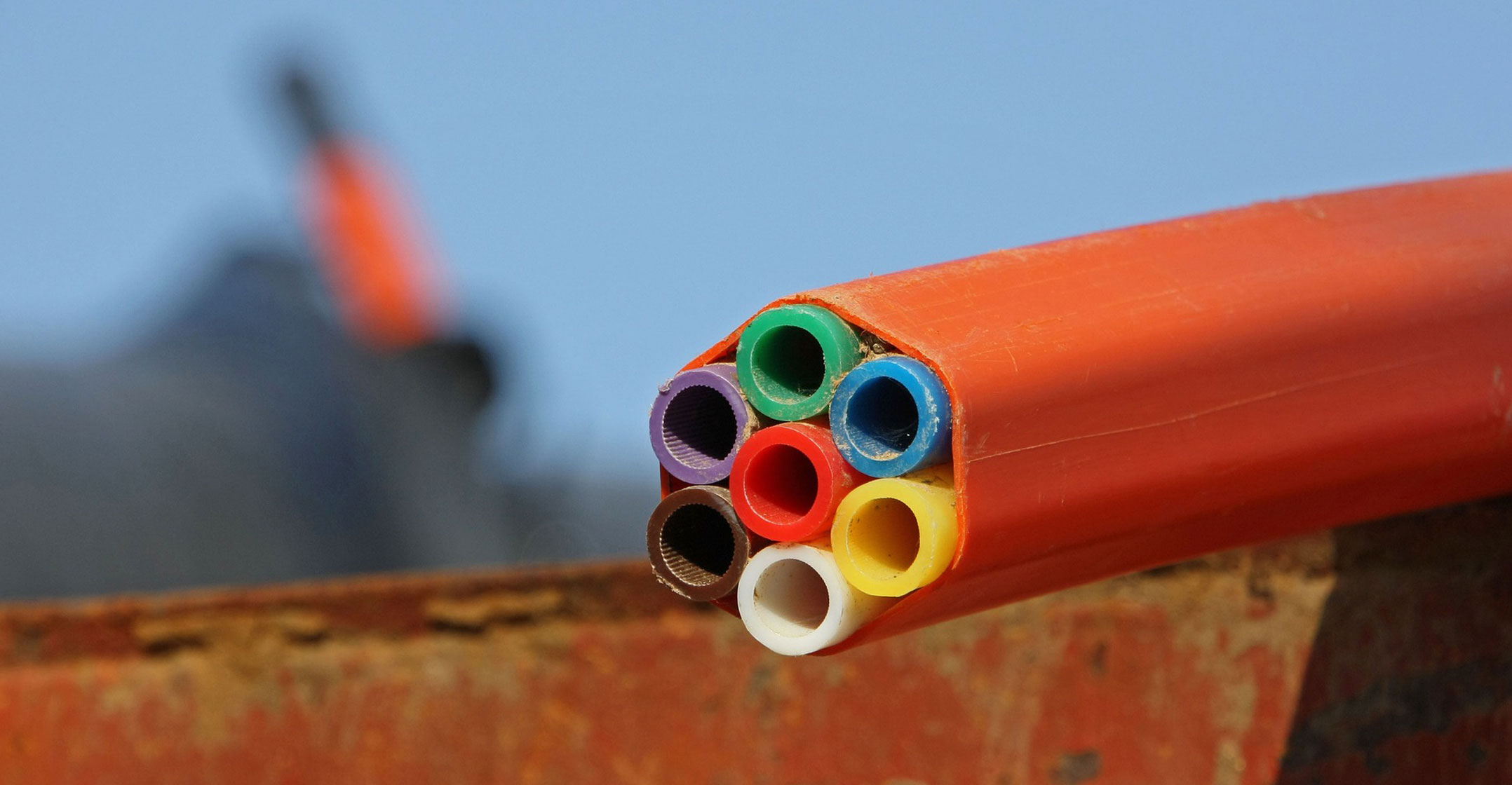 As much as 25% of home fibre broadband infrastructure in South Africa is being duplicated, according to a new report.
As much as 25% of home fibre broadband infrastructure in South Africa is being duplicated, according to a new report.
BMIT’s new SA Broadband Report has found that “competitive intensity in the most lucrative suburbs has resulted in overbuild, where operators deploy fibre in streets which another operator has already passed”.
Fully a quarter of homes served by fibre-optic infrastructure are already overbuilt, BMIT said.
This duplication can lead to lower adoption rates for infrastructure providers, leading to poorer financial outcomes in those suburbs.
This may be becoming less of an issue, however, as fibre network operators increasingly turn their attention to the next tier of suburbs and secondary cities and towns.
“BMIT forecasts ongoing deployment of access fibre in both the residential and business market, but now far more focused in the lower-Arpu market cohorts,” the researcher said in reference to average revenue per user, a key industry metric.
“This will require investors to show confidence in the emerging new business models tailored for the ‘township economy’, incorporating innovative go-to-market models along with lower-cost network deployment techniques,” it said.
“These are either prepaid or pay-as-you-go services, with price points as low as R5/day or R100/month. Examples are prepaid models from new entrants such as Fibertime in Stellenbosch, Zing Fibre in Umlazi and Ilitha in Mdantsane, along with challenges from mainstream fibre operators such as Vuma with its ‘Key’ offering, Frogfoot with Rise, Openserve with Prepaid Connect, among others.”
‘Unprecedented’
The BMIT report found that fibre and 5G fixed-wireless operators are increasingly slugging it out for market share.
According to BMIT MD Chris Geerdts, investment in residential fibre in recent years has been “unprecedented”, although a few of the larger players “did take a breather in 2023”.
Meanwhile, 5G deployments continue to challenge fibre for new customers, after investment was partially diverted into mitigating the severe impact of load shedding, battery theft and vandalism.
Read: Telkom scores in Google fibre deal
“Mobile operators are also adding coverage and capacity to their 4G/LTE networks, with fixed-LTE still by far the leading broadband medium in South Africa – by coverage and by subscriber numbers,” BMIT said.
“Telkom, for its part, has periodically alternated between prioritising fibre and mobile network investments, but is now investing in both, and tailoring its 5G/LTE/fibre mix to the data needs of each suburb. It is selling its tower assets to fund the updated strategy,” it said.
 “Customers are the ultimate beneficiaries of these investments, with the combined growth in active broadband connections projected by BMIT to grow at a compound annual growth rate of 9.1% between 2022 and 2027,” it said, adding that a “good portion” of those connections will come from fibre, with BMIT’s baseline forecast scenario projecting active connections reaching just under three million by 2027. Houses passed in that timeframe will reach seven million.
“Customers are the ultimate beneficiaries of these investments, with the combined growth in active broadband connections projected by BMIT to grow at a compound annual growth rate of 9.1% between 2022 and 2027,” it said, adding that a “good portion” of those connections will come from fibre, with BMIT’s baseline forecast scenario projecting active connections reaching just under three million by 2027. Houses passed in that timeframe will reach seven million.
Read: Fibre providers urged to go ‘nano’ to cut costs
5G service providers are chasing hard, though, with an estimated 30% of South Africa’s population already covered by this next-generation, high-speed wireless technology. – © 2024 NewsCentral Media




